History
The Voetboog left Batavia (Jakarta, Indonesia) on the 21th January 1700 and was supposed to check in at Cape Town in South Africa but never did. She probably was blown out of course and wrecked near Recife, Brasil, on 29th May 1700.
Discovery
A team of the Hungarian Octopus Association for Marine Archeology claimed to have found the wreck site of the Voetboog just off the coast of Recife.
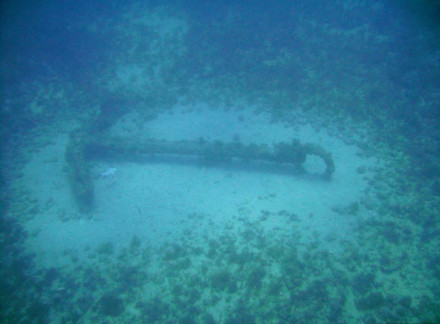
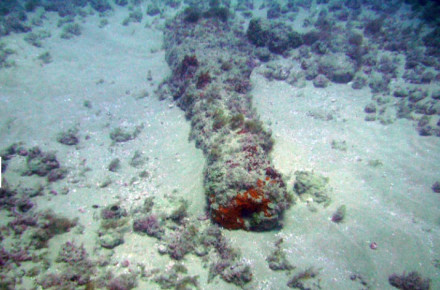
Sheikh Yusuf, an important passenger
Yusuf was ruler of Gowa on the island of Celebes. He sailed to Bantam in Western Java to spread the islamic faith. He was welcomed by the ruler, Sultan Abdul Fatah (ageng), who gave Sheikh Yusuf his daughter's hand in marriage and made him his chief religious judge and personal advisor.
Sultan Ageng rallied his forces and in 1683 besieged Pangeran Hajji in his fortress at Soerdesoeang. Pangeran Hajji asked for and received Dutch military aid. Sultan Ageng was defeated but managed to escape capture, along with an entourage of about 5 000, among them the 57-year-old Sheikh Yusuf.
Yusuf was finally persuaded to surrender on the promise of a pardon. The Dutch did not fulfill their promise and Sheikh Yusuf was exiled, along with his family and followers, to the Castle in Batavia from where he was transferred to the Castle in Colombo, Ceylon (Sri Lanka). Fearing Sheikh Yusuf's influence in Ceylon the Dutch exiled him to South Africa.
Sheikh Yusuf arrived on board of The Voetboog on 31th march 1694 accompanied by 49 followers, wives and children. He was welcomed by Governor Simon van der Stel at Cape town.
They were housed on a farm in Zandvliet, near the mouth of the Eerste River in the Cape, far from Cape Town. Zandvliet became a rallying point for `fugitive' slaves and other exiles.
Although there were already some Muslims at the Cape before the arrival of Yusuf, he is regarded as the founder of Islamic faith at the Cape. The name Zandvliet disappeared many years ago, when the area was renamed Macassar, in honour of Sheikh Yusuf's place of birth.
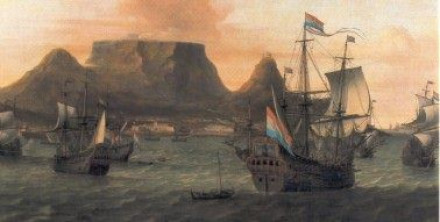
Description
The Voetboog was a fluytship from the Dutch East India Company (VOC). Built in 1687 for the VOC chamber Amsterdam. She was lost on her home voyage from Batavia (now Jakarta, Indonesia) to the Netherlands.
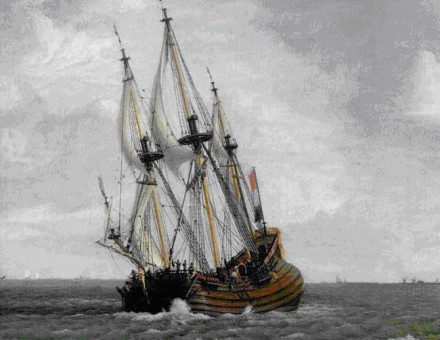
Status
The team of Octopus Association for Marine Archaeology found the wreckage in October 2008, but announced the discovery only after the first phase of examinations came to an end. "Over the past 309 years, the ship has virtually disintegrated," Szaloky said.
The objects found suggest that it is indeed the wreckage of Voetboog, which is lying on the seabed under several meters thick of sediment.
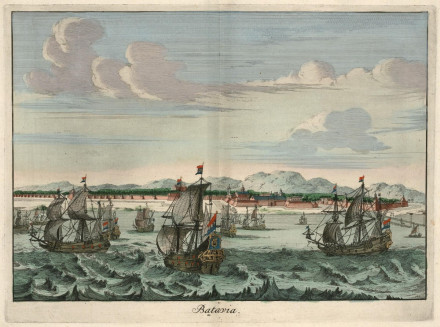
References
- Dutch-Asiatic Shipping.
DAS 6034.3. - 1.11.01.01.551 Lijst van alle zoodanige Schepen.
- timmering 1687.